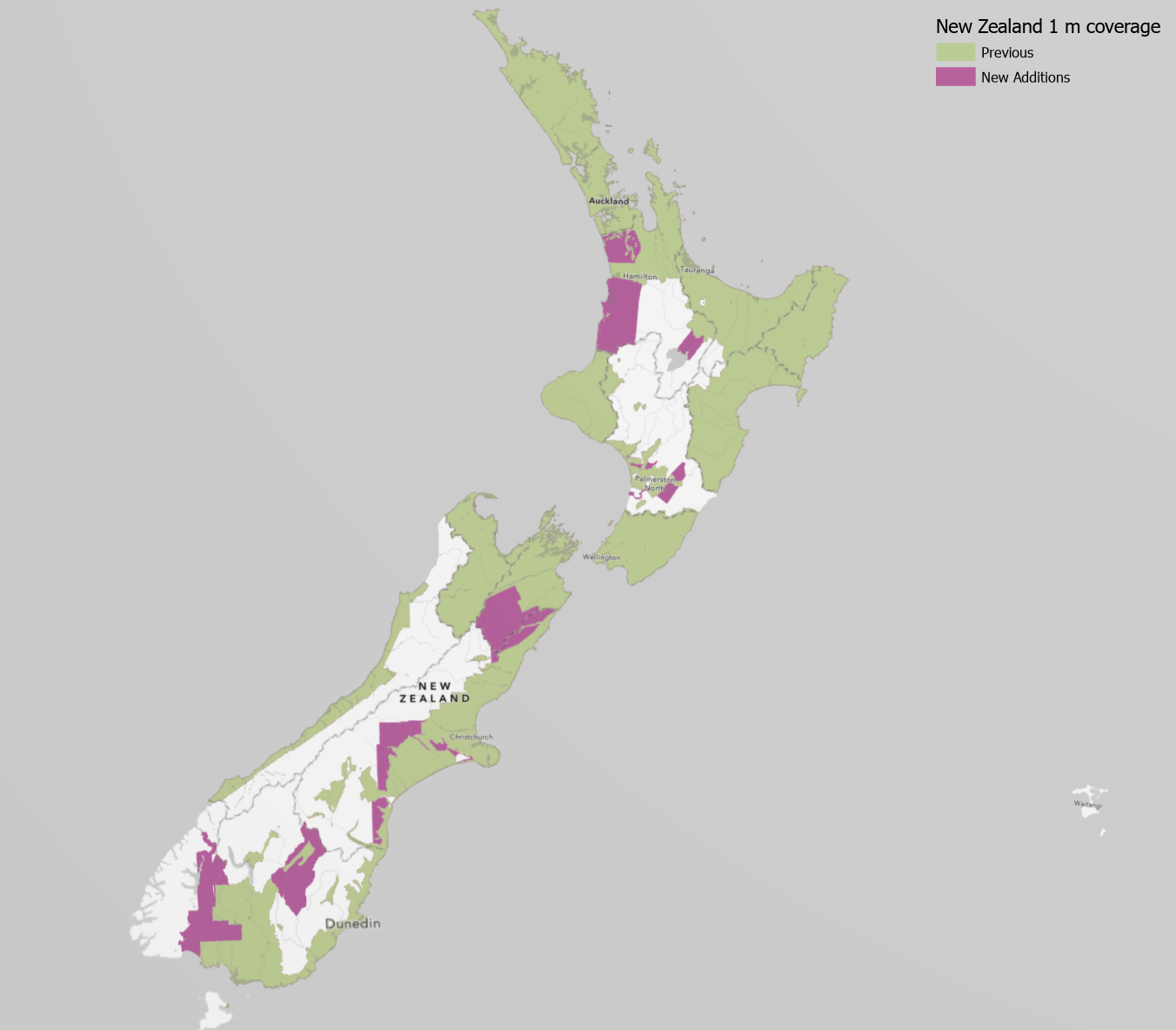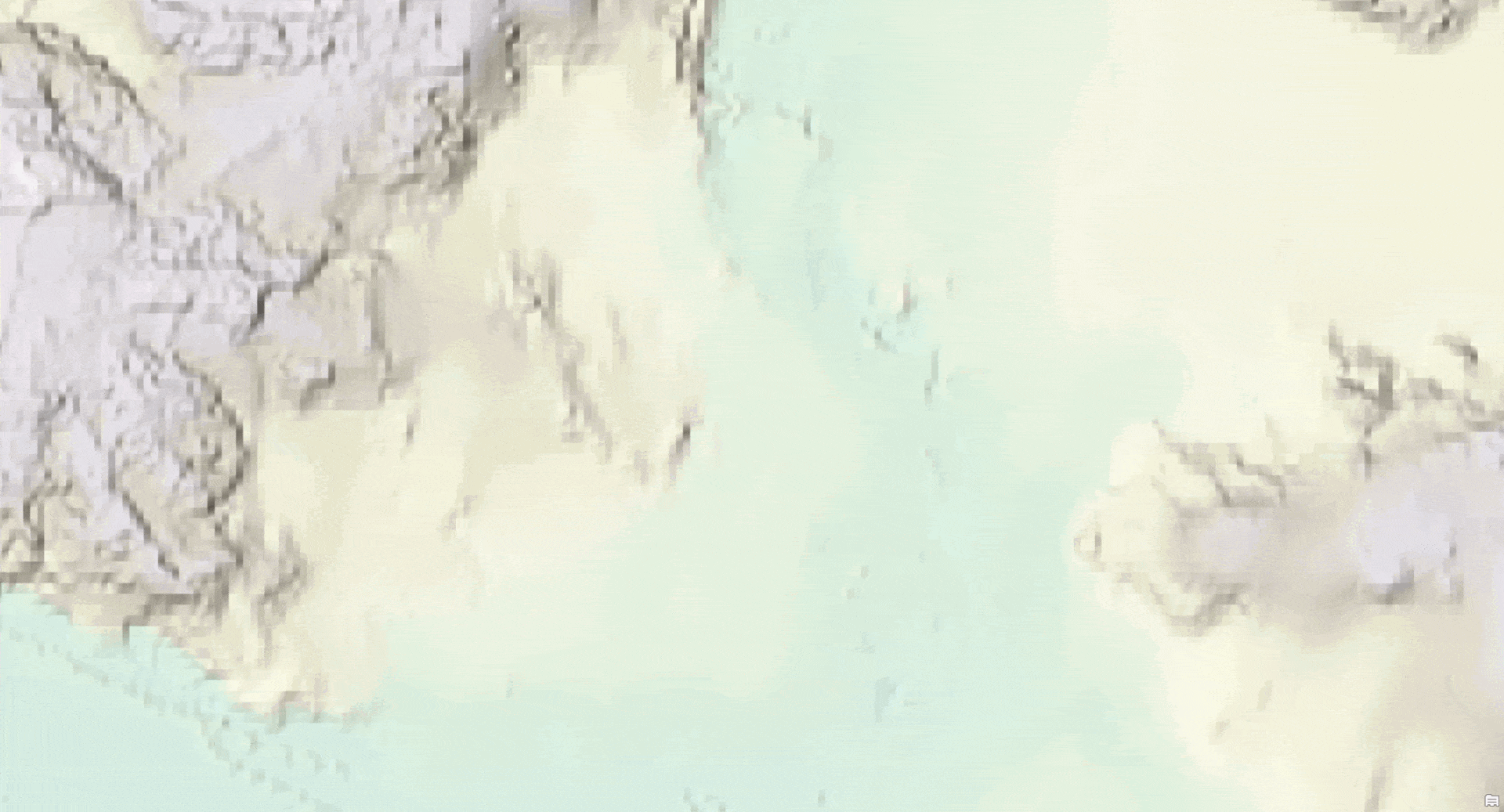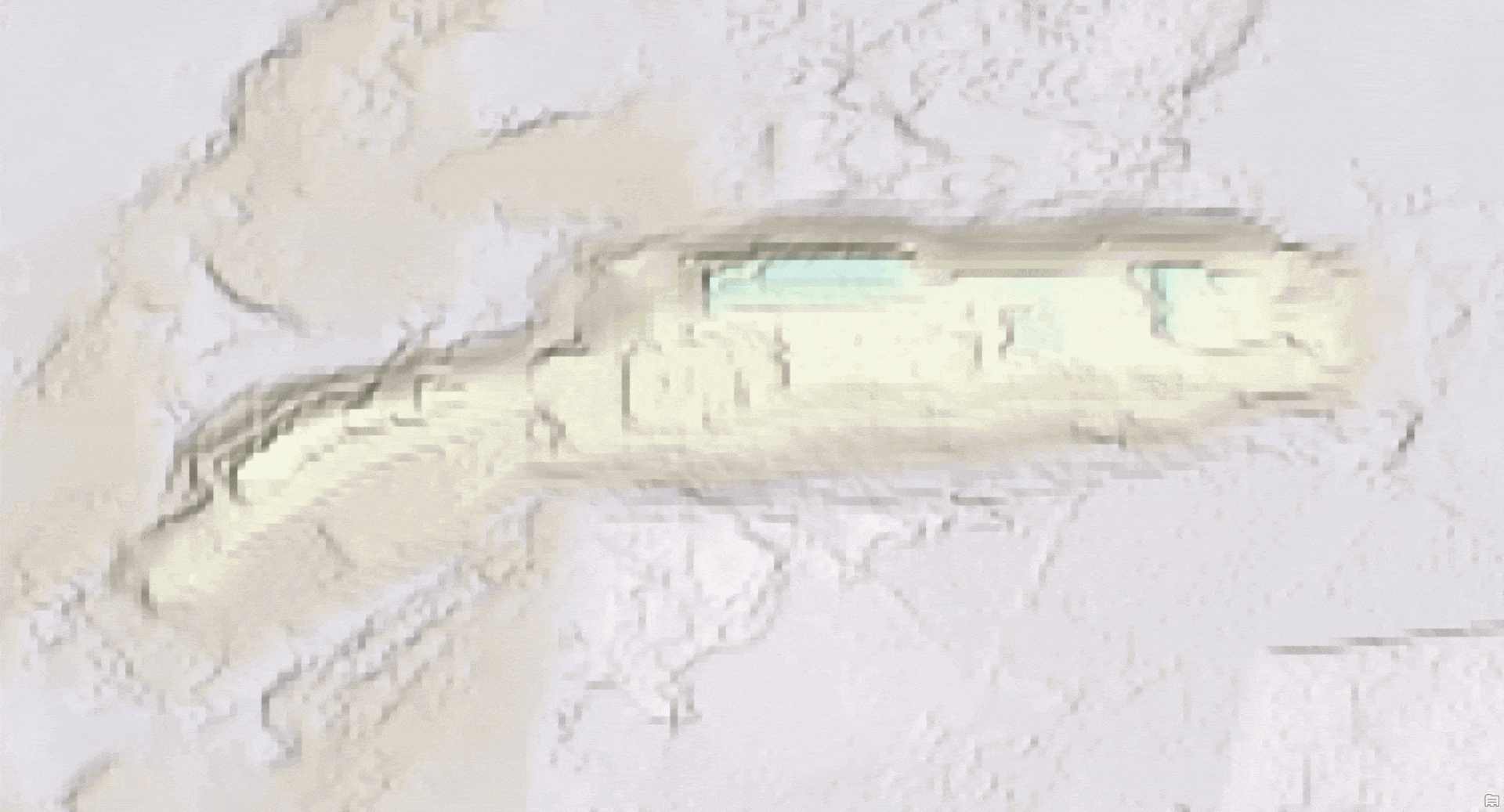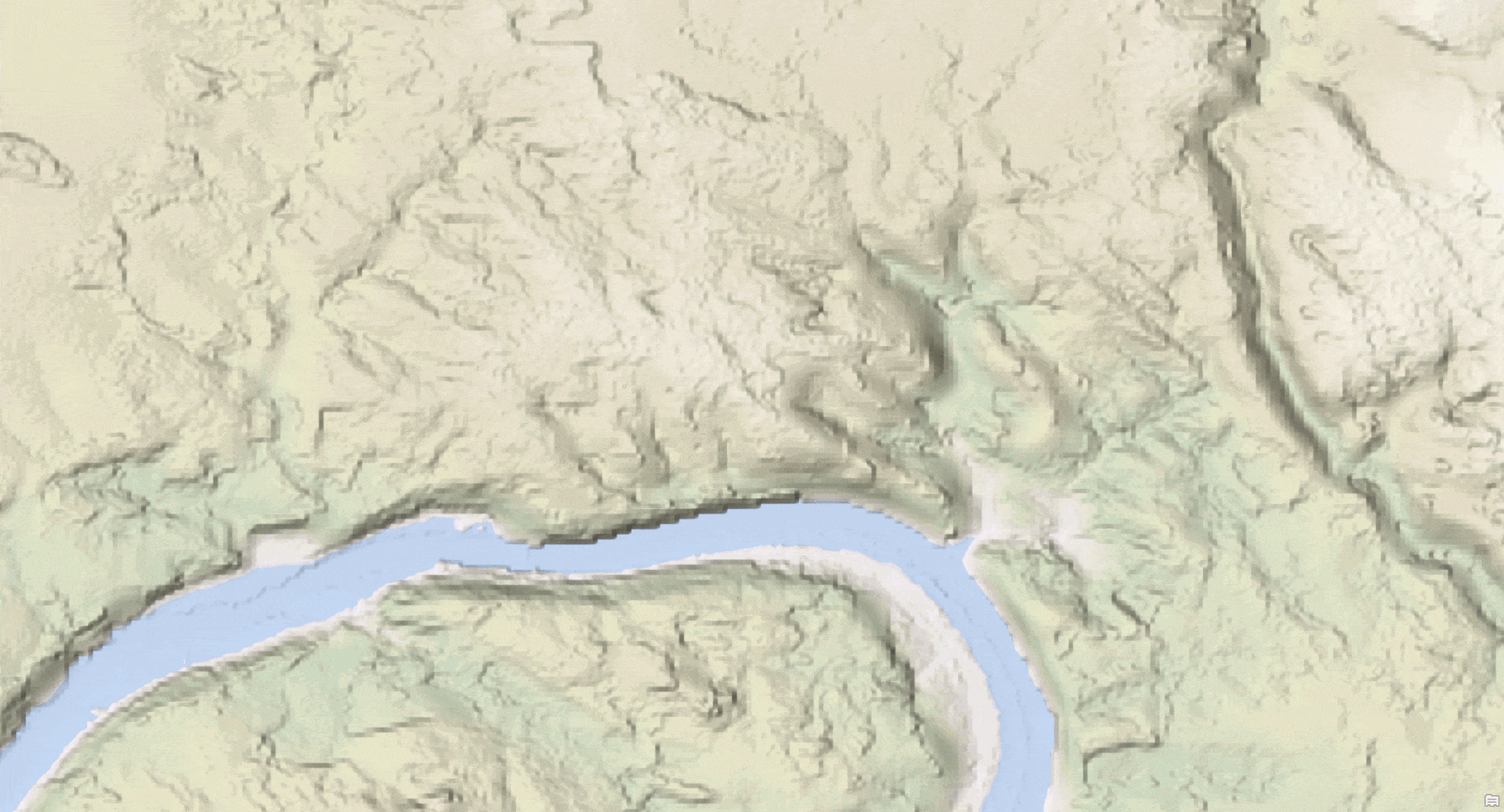ArcGIS Living Atlas of the World provides foundation elevation layers and tools to support analysis and visualization across the ArcGIS system. These layers get updated quarterly with high resolution elevation data from federal agencies, open sources, and community maps program. Esri is providing these datasets as ready to use services that benefit the GIS community and extend the use of data in new and innovative ways. In this release, world elevation layers are updated with many high-resolution elevation datasets.
Terrain and TopoBathy layers are updated with:
- Bayerische Vermessungsverwaltung’s LiDAR derived 1-meter DTM’s covering Bavaria State, Germany
- GeoBasis-DE/LGB’s LiDAR derived 1-meter DTM’s covering Brandenburg State, Germany
- Landesamt für Geobasisinformation Sachsen (GeoSN) LiDAR derived 1-meter DTM’s covering Saxony State, Germany
- Welsh Government’s LiDAR derived 1-meter DTM’s covering the country of Wales. This dataset replaces 2-meter data that had partial coverage.
- Land Information New Zealand’s LiDAR derived 1-meter DTM’s covering partial areas of New Zealand. In this release, ~ 27,405 sq kms (~10580 sq miles) of new data has been added bringing total coverage to ~ 172,280 sq kms (~66518 sq miles) (see map below).

Let’s see a few examples highlighting the improvements.
Deggendorf, Bavaria, Germany – urban development by the foothills of Bavarian Forest depicted with lidar derived 1-meter DTM’s in comparison to 24 meters WorldDEM4Ortho

Rüdersdorf, Brandenburg, Germany – a large limestone opencast mine in Rüdersdorf east of Berlin depicted with lidar derived 1-meter DTM’s in comparison to 24 meters WorldDEM4Ortho

Saxony, Germany – parts of Saxon Switzerland National Park depicted with lidar derived 1-meter DTM’s in comparison to 24 meters WorldDEM4Ortho

These data updates will be rolled out to the world elevation tiled services – Elevation 3D (Terrain3D and TopoBathy3D) and Hillshade (World Hillshade and World Hillshade (Dark) ) by the next quarter.
To see the coverage extents of each source comprising World Elevation services, check out the Elevation coverage map.
You can help in improving these services by contributing high-resolution elevation data to Living Atlas of the World. To participate and learn more, check out the Esri Community Maps for Elevation program.

Article Discussion: